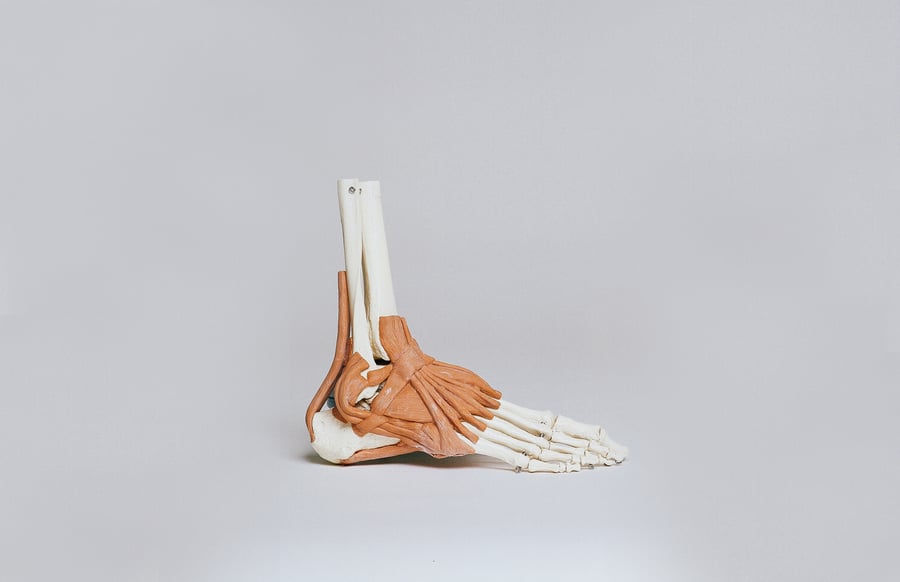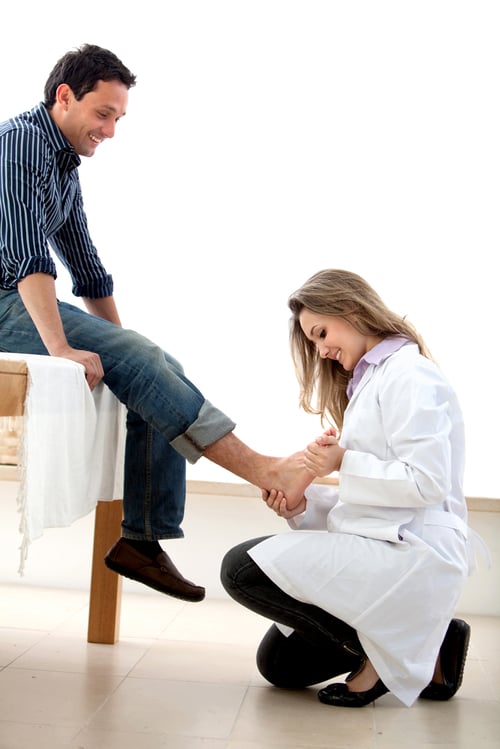
Every foot consists of three arches: two that run longitudinally from front to back on each side of the foot, and a third that runs transversely across the middle from inside to outside. Arches are made up of tendons, ligaments and bones, and are one of the most structurally significant parts of the foot. Consider this when it comes to the importance of arches: It's estimated that our feet absorb up to 300,000 pounds of pressure for every mile that is walked. Aside from absorbing stress and pressure, arches also play a significant role in helping people adapt to uneven surfaces and assist in stabilizing the body. Bad arches aren't just going to result in pain and discomfort while walking and running, but they may also lead to more serious conditions.
Common Arch Issues
Improper arch support or arch abnormalities can lead to a variety of issues. Below are the three most common ones:
- Cavus foot: This is a condition characterized by a foot with a high arch. It can be a very painful condition, mostly because the bulk of a person's weight is put on the ball of the foot as well as the heel. Aside from pain, cavus foot can also lead to instability, which can make someone experiencing this condition more susceptible to the likes of ankle sprains. Cavus foot is best treated with special supportive shoe soles.
- Charcot foot: This condition isn't as specifically related to arched feet as others, but it's still relevant. It's characterized by a weakening of the bones in the foot, often the result of extensive nerve damage. In some cases, surgery is necessary to correct charcot foot.
- Flat foot: Arguably the most common condition associated with feet arches, flat feet occur when the arches collapse and, fitting to the condition's name, the entire sole of the foot is parallel to the ground. Symptoms associated with flat foot largely depend on the person who has it. Some experience pain and discomfort, while others don't.
Do You Have Arch Issues?
If your symptoms aren't obvious, there's an easy way to test to see if you have any arch issues. Here's how to do it:
- Start by wetting your feet. (Note: You may also do this with paint, though it may be a bit messier.)
- After your feet are good and wet, stand on a flat surface where you'll be able to easily see an imprint of your feet after you step on it. Some good surfaces may include dry pavement or a newspaper.
- After firmly stepping down onto the flat surface, remove your foot and study the imprint that you've made.
If the imprint shows mostly the bottom of your feet, that's a sign of a low arch. Conversely, if the middle of your footprint isn't there, that's the sign of a high arch. A normal arch should consist of the curve on the inside of your foot either being absent or barely visible on the imprint.
The good news when it comes to arch issues is that, if they're caught soon enough, the remedy is typically effective and simple to implement.







